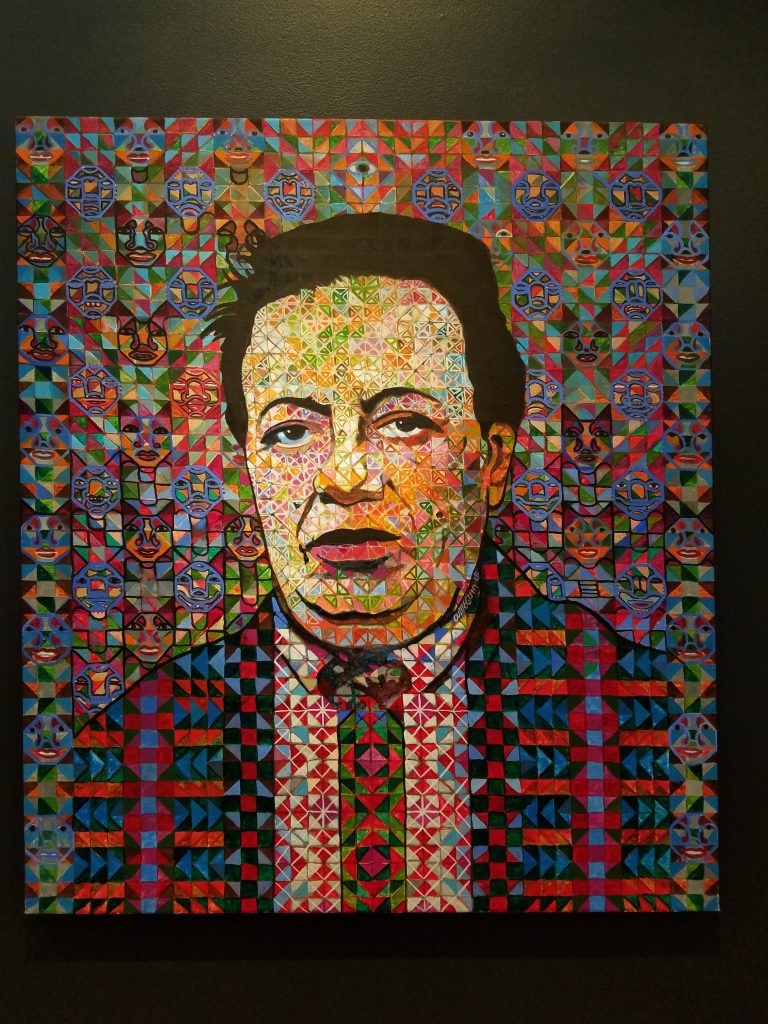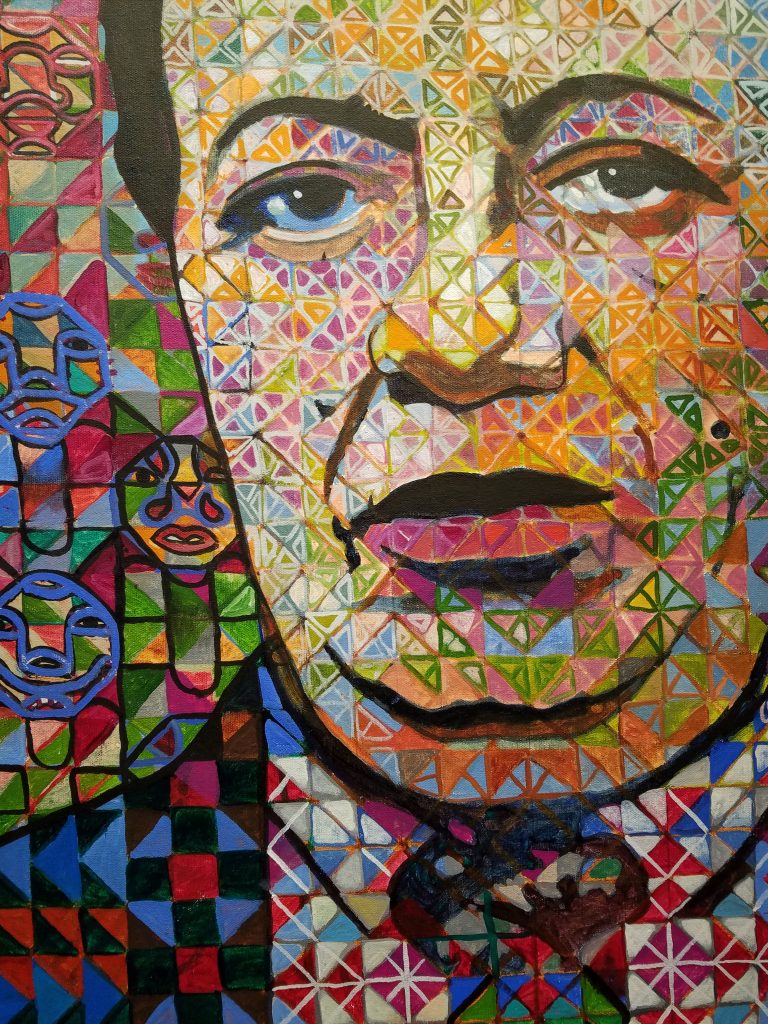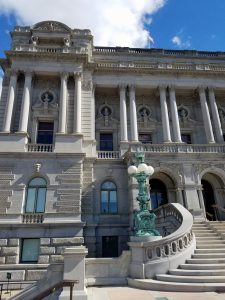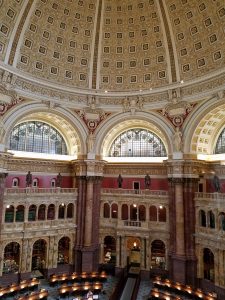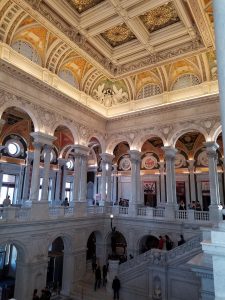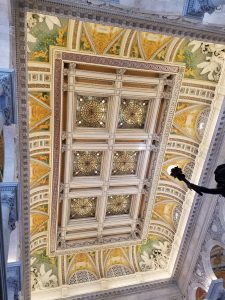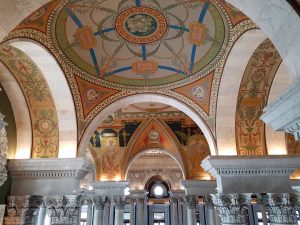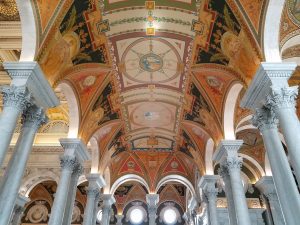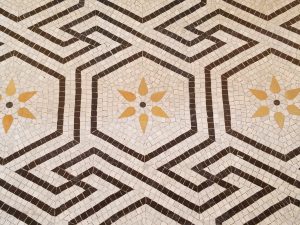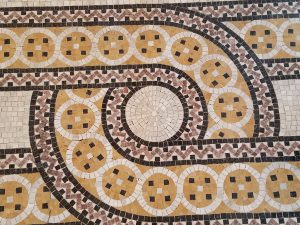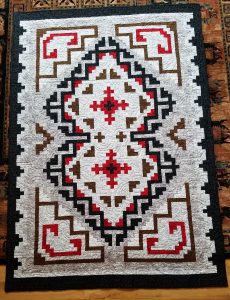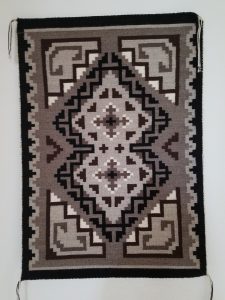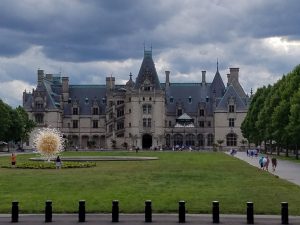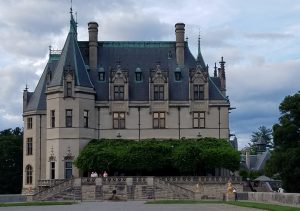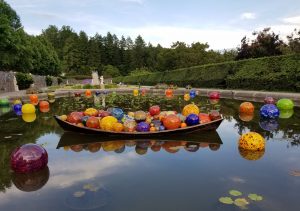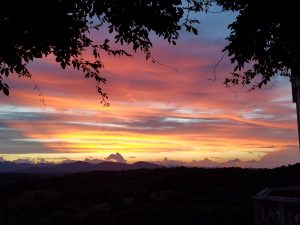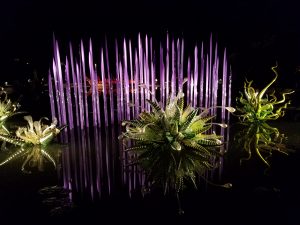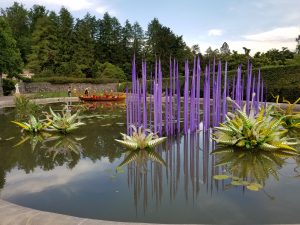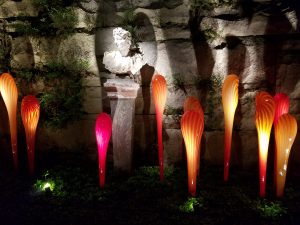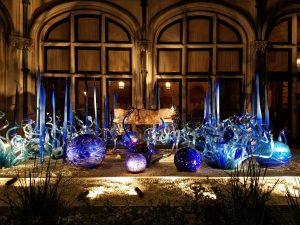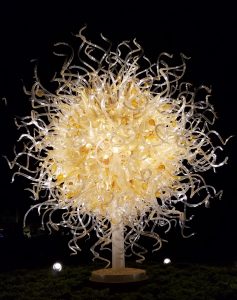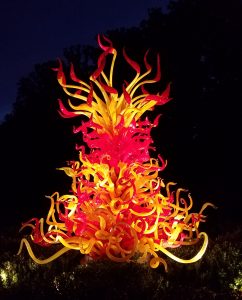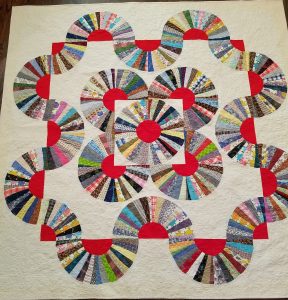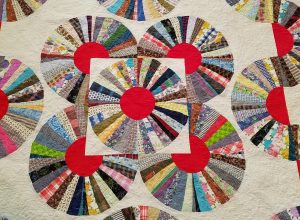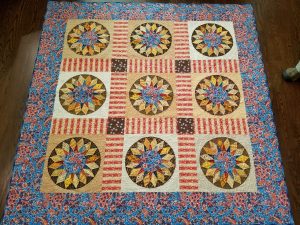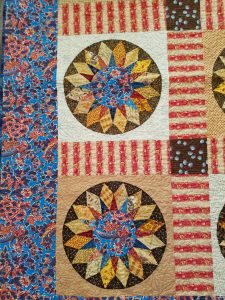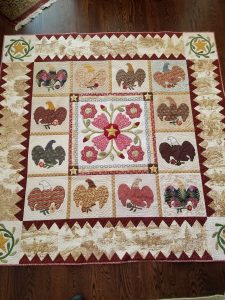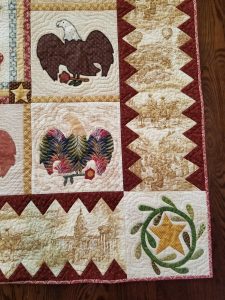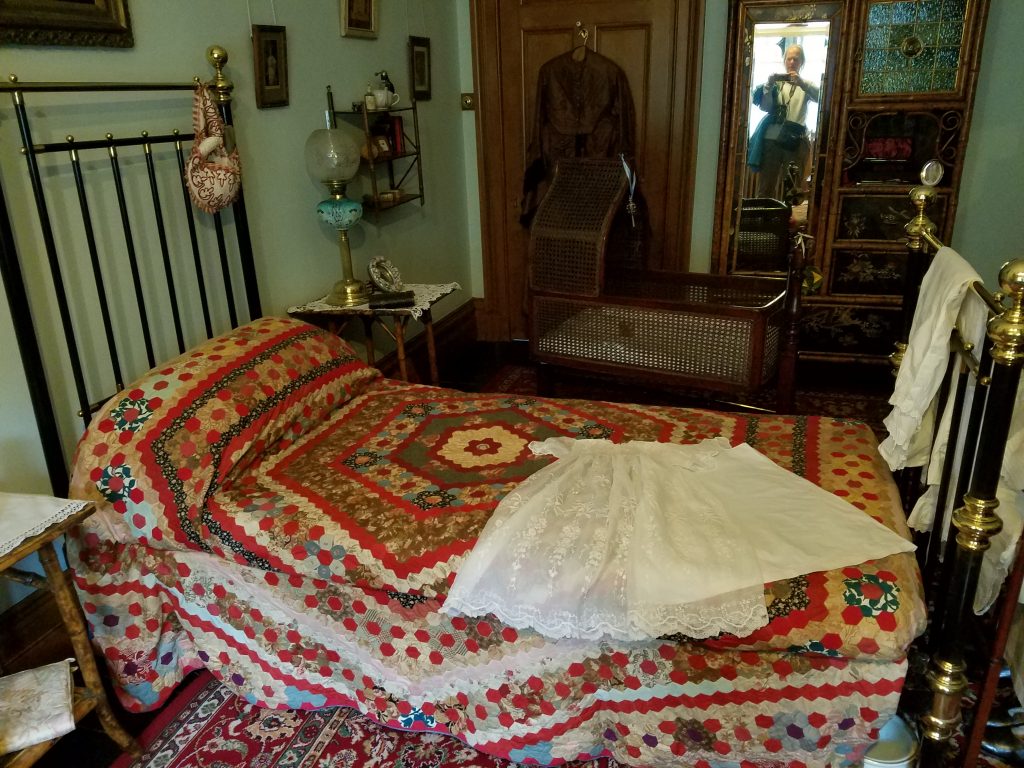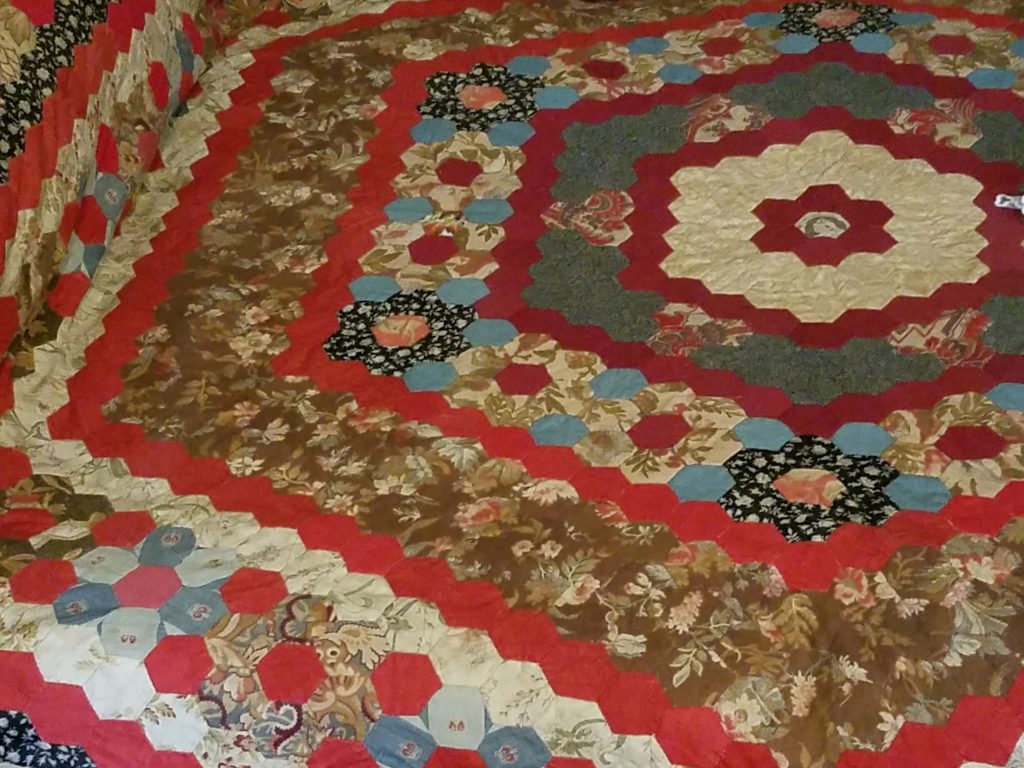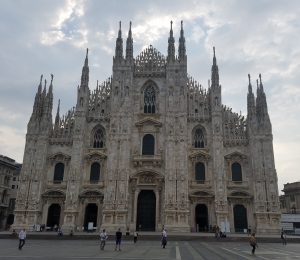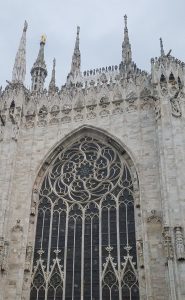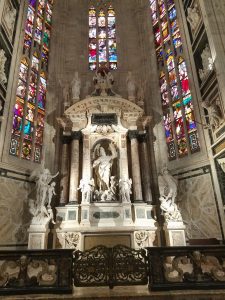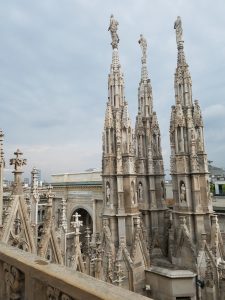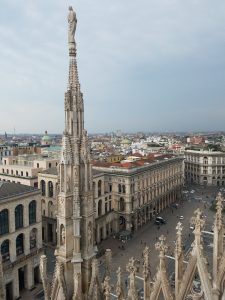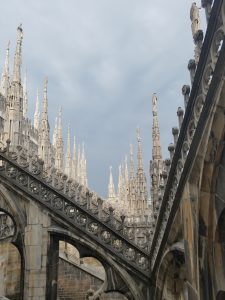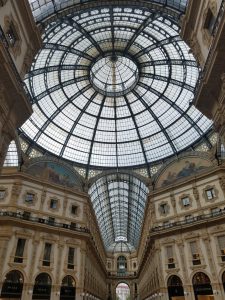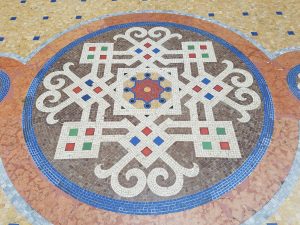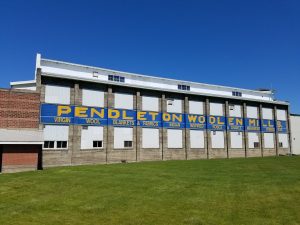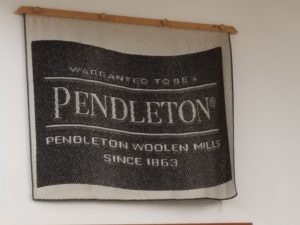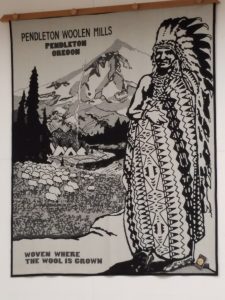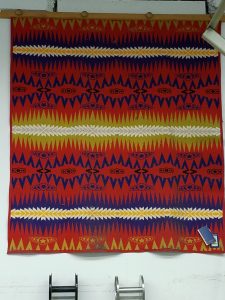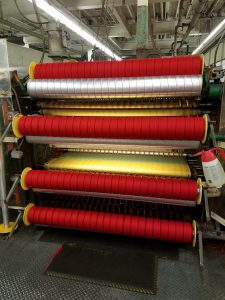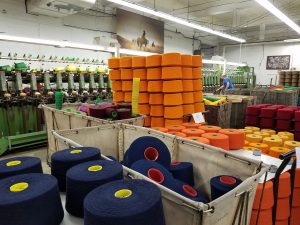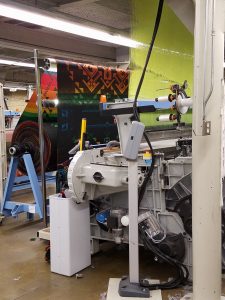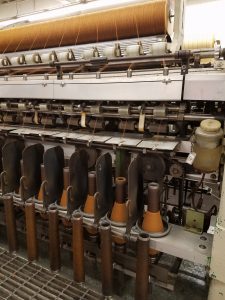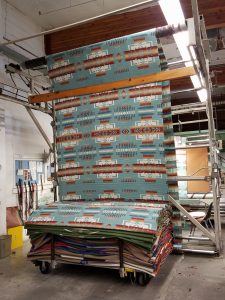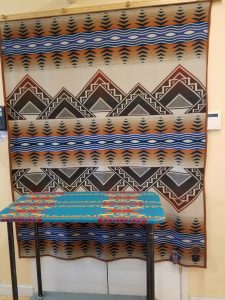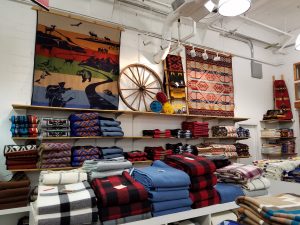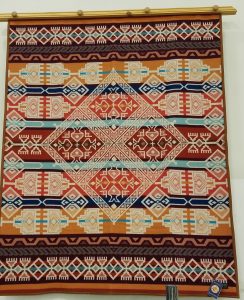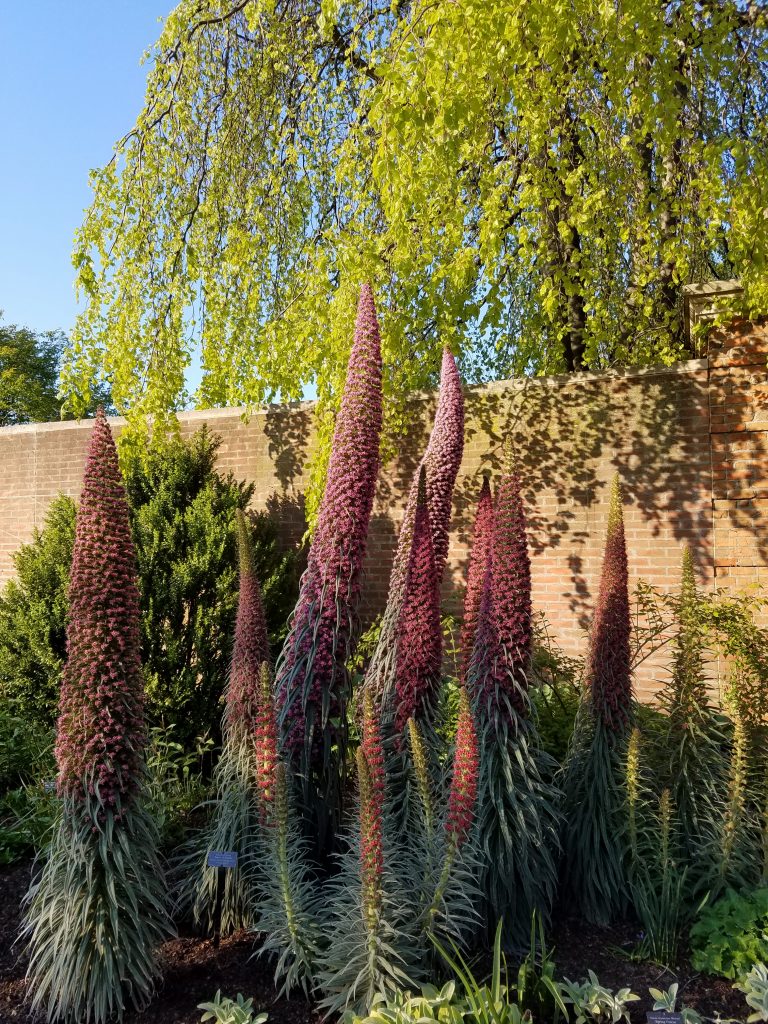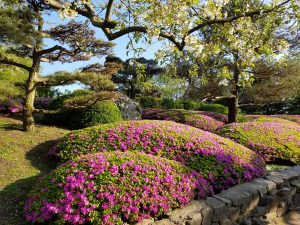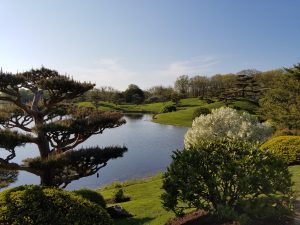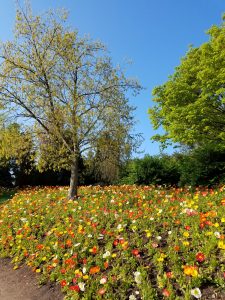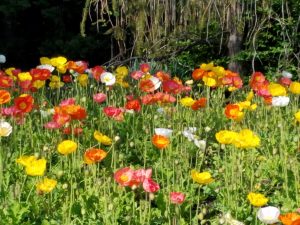Do you set goals and resolutions for the coming year? Here’s an early twentieth century postcard on the subject from a calendar by Bishop John H Vincent, published by Chatauqua Press.
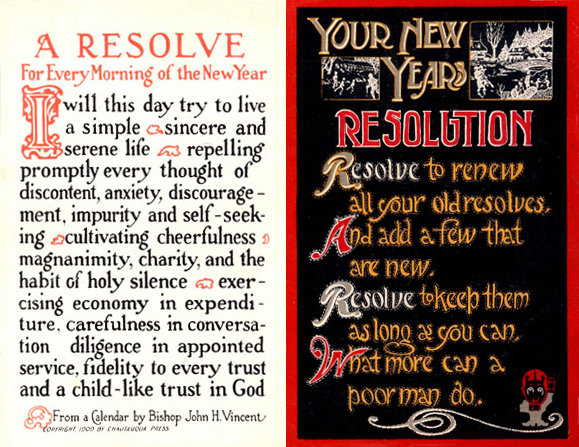
Many of us begin the year with good intentions for leading healthy and more active lives, but easily slip back into our old habits. Do you make plans for what you might like to accomplish in the coming year? How do you balance work and play?
I have a notebook in which I write down my annual work and personal goals, such as, making specific quilts, designing a new workshop, improving current workshop materials, writing quilting patterns, raising $10,000 for the Mongolian Quilting Center, negotiating a certain number of teaching jobs for the following year, continuing to write one blog per week and produce one e-newletter per month, and so on. I try to be realistic so that I’m not setting myself up for disappointment. The next job is to divide these goals into doable chunks and make lists of tasks to achieve in the next two months. This may be broken down further into weekly or even daily goals, e.g. spend 5 hours per week quilting, complete editorial work on pattern, update business accounting records etc. I derive great satisfaction from checking items off my lists once they are completed.
Towards the end of the two months, review what items aren’t checked off and think about why they didn’t get done. Write the goals for the next two months, (which may include uncompleted ones from the previous two months), and refer back to the annual goals to remind yourself of the bigger picture. It’s easy to get swamped by all the little tasks without making progress on the major goals. I lead a busy life, so I try to prioritize to make sure that the most important things are achieved and that necessary deadlines are met. This requires some discipline and determination to avoid distractions. Your priorities may change through the year and it’s OK to go back to the original goals and modify them. Some may not seem important any more, or new opportunities and goals may arise. Doing this helps me enormously, and I recommend it to you if you find this way of organizing and prioritizing your time useful. If you find that you have a lapse or simply that life gets in the way, don’t let that put you off for the rest of the year. You can start afresh in any month or on any day of the year.
All the best, for a healthy and happy 2017!
